How do you rocket fuel your chickens?
That’s been the question on the lips of the Aberdeenshire family behind one of the best-known names in Scottish and UK egg production, Farmlay.
Together with Turriff-based feed nutritionists Harbro, they’ve been studying how to make the most of the 125g (4,4oz) of feed a laying hen eats in a day.
The birds need the attention to feed detail of a racehorse, it seems.
Today’s well-fed hens lay more eggs
Robert Chapman, of Cockmuir Farm, near Strichen, said: “When you consider they are laying a 63g egg – so that’s half the ration gone already – it’s vital that every gram left for them to maintain themselves has earned its place in the feed mix.
“It is no exaggeration to say it has to be rocket fuel.
“Hens used to lay for around 250 to 270 days, but we now have some white birds that are getting to 500.
Genetics and the right diet can pack a protein-filled punch for egg-layers
“It is down to genetics and feed, with the modern hen now akin to a dairy cow in that it’s an exceedingly high performing animal.
“Like any performance animal, such as a racehorse, it can easily get stressed.
“In my 50-odd years in the business – the genetic developments aside – it’s feed and the understanding of it that has been one of the biggest changes.”
The egg industry is also under pressure from retailers and consumers to find more sustainable alternatives to soya for flocks’ protein levels.
Rather like a racehorse trainer will feed according to peak performance requirements, such as morning exercise, a big shift in poultry nutrition is splitting rations and targeting feeding times.
This means feeding hens higher protein for the first eight hours of a their waking day, when they need the most energy for egg production. For the next eight hours, when they are producing shells for the next day, they are given a more calcium-rich formula.
When you consider they are laying a 63g egg – so that’s half the ration gone already – it’s vital that every gram left for them to maintain themselves has earned its place in the feed mix.” RobertChapman
Robert is Farmlay’s executive chairman. His son, Iain, took over the reins as managing director of the £40 million turnover business at the end of last year.
The pair put a large amount of their success with eggs down to the fact they have remained farmers and, more specifically, grain producers at heart.
Farmlay owns 450,000 hens and has a further 550,000 supplying eggs through contract producers.
The Chapman’s 2,500-acre farm grows 1,700 acres of cereals, made up of winter and spring barley, winter oilseed rape and winter wheat. The remaining acreage is left to grass for the family’s herd of 230 commercial suckler cows and woodland for free range hen habitats.
Robert said: “As well as growing as much wheat as we can for feed, we also buy in cereals from neighbouring farmers for the 400 tons a week needed for the feed milling operation. This locally produced corn – that we can be 100% sure of the quality – is the best foundation for our feed mix.”
Farmlay boss says hens also need good water to wash down their feed
But the hens’ water also has to be right, he said, adding: “The old saying that you should never give your livestock water that you would not drink yourself is absolutely true.
“We have invested a lot in boreholes and have water treatment on all our farms.
“Keeping the water clean and killing any bugs is very, very important to hen health.”
Farmlay’s hen feed is mixed daily by Harbro and based on a basic formula of wheat, barley, soya and limestone granules. More environmentally sustainable sources of protein to soya are being trialled, including rape meal, lupins, peas and beans.
Harbro pig and poultry sales manager Doug Steele said: “Getting carbon footprint down is so much more complicated than just doing a blanket replacement of the soya.
“Sometimes birds just don’t like the taste of the alternatives.”
He added: “What we now support is precision nutrition – feeding cleverer – by giving the right nutrients at the time of the day when they are really needed. This in itself is bringing down the amounts of soya used which, together with working hard on the alternatives, is having a significant impact.
“There is no point feeding protein for the entire day, when the birds don’t need it.”
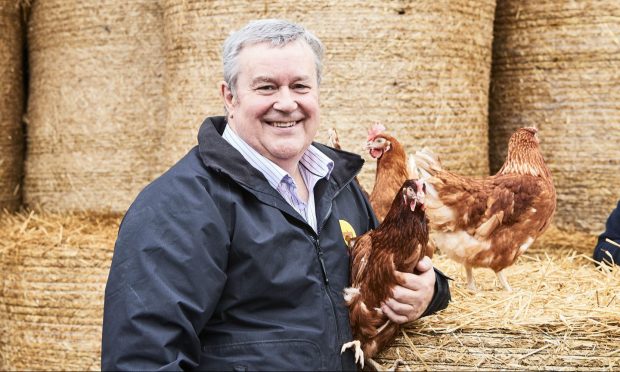
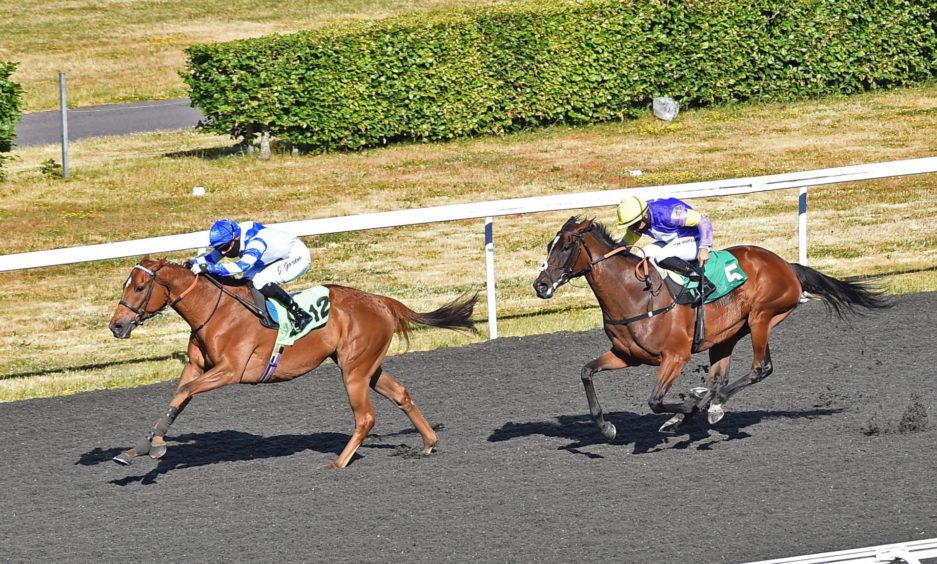
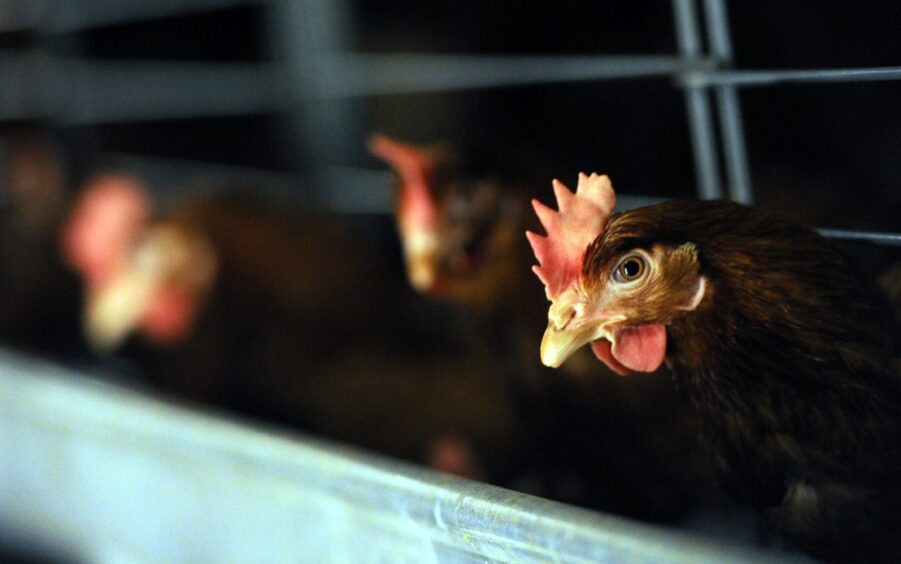
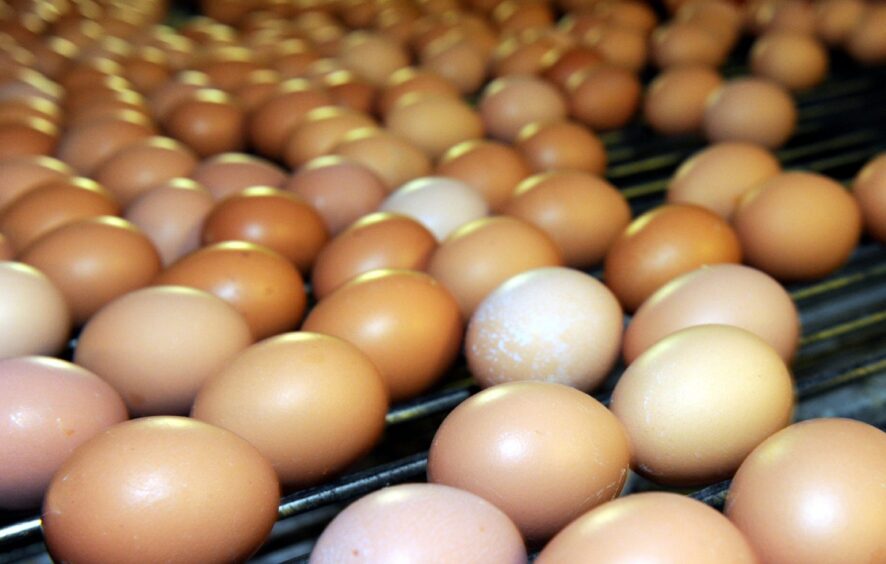
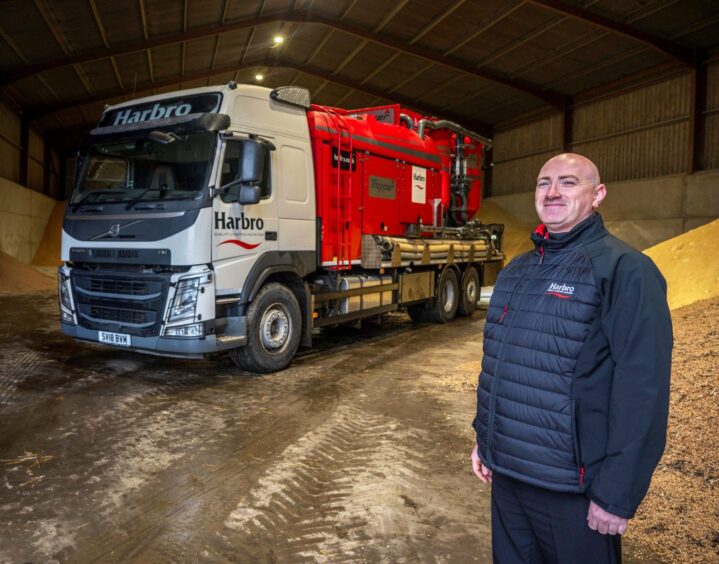
Conversation